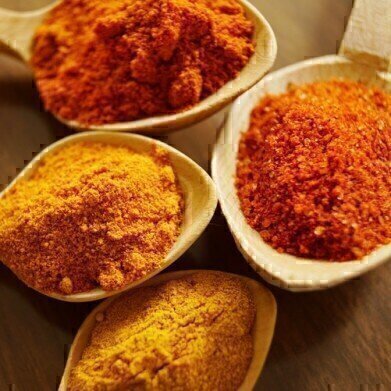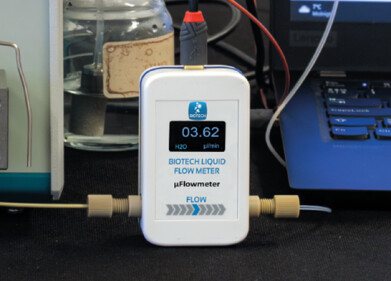HPLC, UHPLC
How Do Temperature and Storage Time Affect Chili Seed Germination? - Chromatography Explores
Dec 08 2020
Capsicum is a genus of flowering plant that is possible the most consumed spice in the world. Peppers, chilies, jalapeño, bell pepper – whatever it is called in different parts of the world, they are used to add spice, flavour, and heat to thousands of dishes. They are also in demand for medicines and cosmetics besides being an important source of vitamin C, fibre, and minerals.
Many of the varieties we use are domesticated species of Capsicum, with many of the Capsicum we eat belonging to the species Capsicum annuum. The wild ancestor of Capsicum annuum is the piquín chili pepper Capsicum annuum var. glabriusculum (Dunal) Heiser & Pickersgill. This is a wild variety that can fetch high prices at market. Several attempts have been made to cultivate the variety, but they have been unsuccessful. A team of scientists from Mexico have investigated how storage condition might affect the seeds of this variety to help to improve the chances of germination.
Sleeping to survive – not just bears and hedgehogs
Capsicum annuum var. glabriusculum (Dunal) Heiser & Pickersgill is a variety of chili pepper that is native to North and South America growing from the southern United States to northern Brazil. It is particularly harvested in Mexico due to the relatively high prices that it obtains at market. It is a perennial shrub and grows in areas without winter frosts with plants living up to 50 years.
The species has a low germination rate since the seed exhibits non-deep physiological dormancy. Dormancy is a trait in some seeds that is designed to help the plant survive. In this case, the trait prevents the seeds from germinating when the probability of the seedlings surviving is low, even if the conditions for germination are favourable. This natural phenomenon is related to phytochromes, phytohormones, moisture and temperature.
Capsicum annuum var. glabriusculum (Dunal) Heiser & Pickersgill has seeds whose development is complete when the seed matures, dries, and stores certain compounds (starches, proteins, and fats). As the water content reduces, the seed becomes more tolerant to desiccation and then becomes dormant. This allows the seed to survive under harsh environmental conditions until the seed can time germination to favourable weather and environmental conditions giving the seedling the best chance of surviving.
Analysing the secrets of dormancy
The researchers in Mexico analysed piquín chili seeds for hormones linked to germination in seeds that had been stored at 4 and 24° for between 0-12 months. The phytohormones were separated using liquid chromatography. Some of the latest developments in chromatographic analysis are discussed in the article, Hybrid Structures for Complex Analytical Instruments. With the power of HPLC, the team were able to identify 9 months as the time when the phytohormones were at peak concentration, with the hormone levels tailing off after 12 months.
Mother nature really does know the best time to sow seed.
Digital Edition
Chromatography Today - Buyers' Guide 2022
October 2023
In This Edition Modern & Practical Applications - Accelerating ADC Development with Mass Spectrometry - Implementing High-Resolution Ion Mobility into Peptide Mapping Workflows Chromatogr...
View all digital editions
Events
ACS National Meeting - Fall 2024
Aug 18 2024 Denver, CO, USA
Sep 04 2024 Chiba, Tokyo, Japan
Sep 04 2024 University of Warwick, Coventry, UK
Sep 10 2024 Rockville, MD, USA
Plastics Recycling World Expo Europe
Sep 11 2024 Brussels, Belgium














